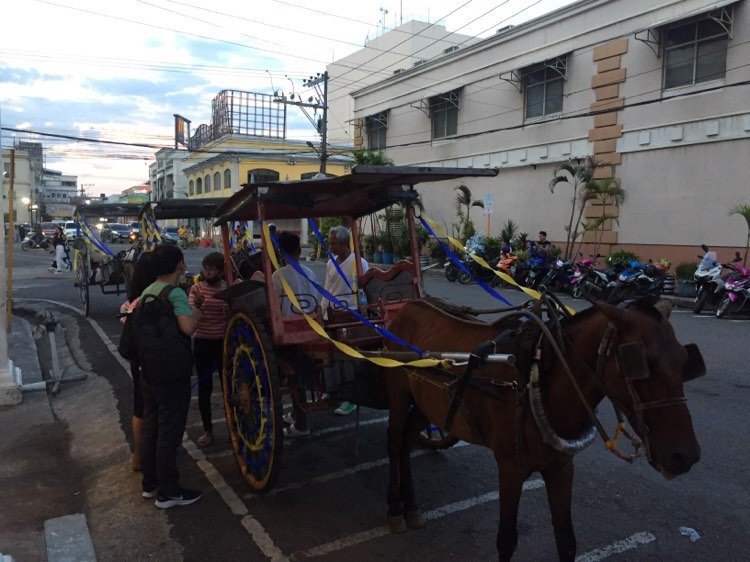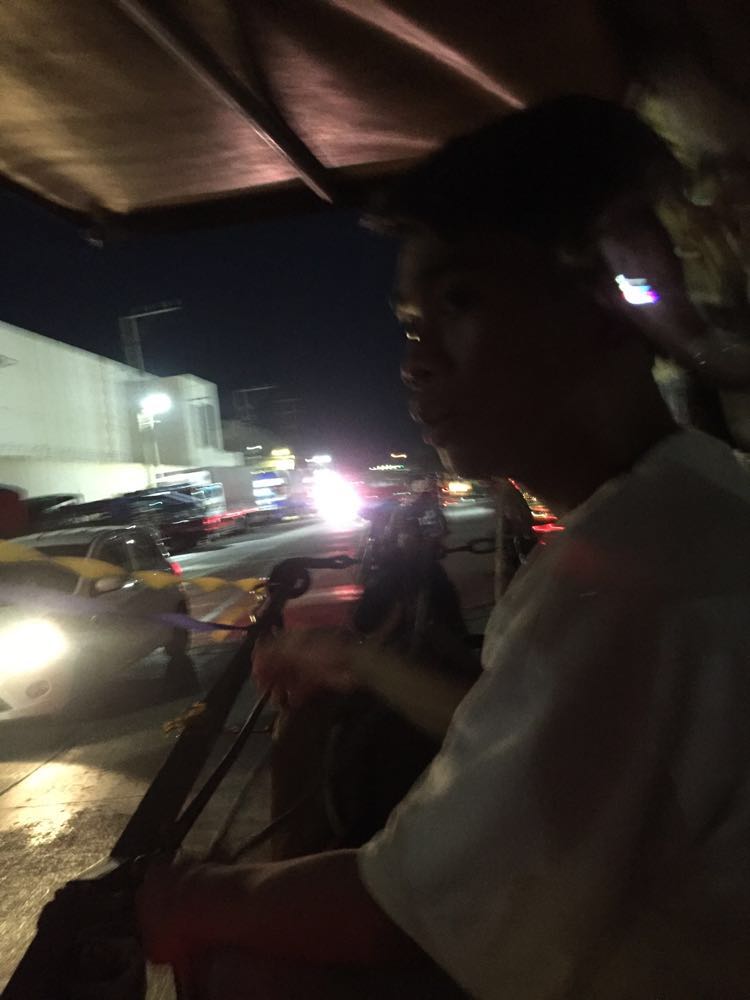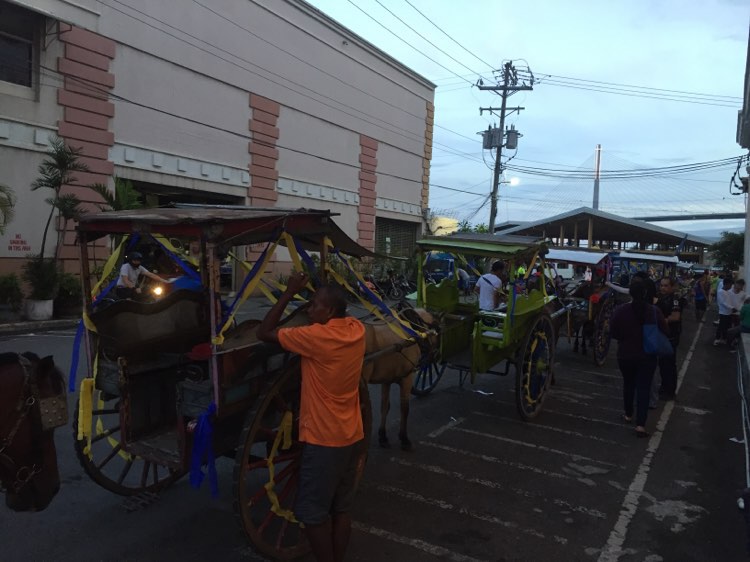
Tartanillas transported participants of the Gabii sa Kabilin from the Sugbu Chinese Heritage Museum to the Fort San Pedro in Cebu City and back. | Doris C. Bongcac
MANDAUE CITY, Cebu — They may now be few in number, but tartanilla drivers or kutseros in Cebu City continue their daily grind as they transport passengers to their destinations in the downtown area.
For Kyle Deniay, 21, they would continue to exist for as long as people would still want to ride tartanillas, a two-wheeled carriage drawn by a single horse.
“Naa pa mi (kutseros) basta naa pay gusto nga mosakay namo. Naa man gyud gihapoy mosakay namo,” he said.
(We are her if there are still people who will ride [our tartanilla]. There are still people, who will ride on our tartanillas.)

Tartanilla driver Kyle Deniay shares his story to CDN Digital. | Doris C. Bongcac
Deniay, who first learned the trade when he was only 12-years-old, was among the tartanilla drivers who joined the Gabii sa Kabilin, an initiative to celebrate and help preserve Cebu’s culture and heritage, Friday night, May 12.
He worked with 7-year-old George, whom he said was his favorite horse.
“Buotan kaayo ni siya nga kabayo. Dili ni mamatid,” he said.
(This is a good horse. He won’t kick.)
And since they are now becoming more aware of animal rights, Deniay said he had never hurt his horse.
“Dili man ni nako siya bunalan. Tarong lang, mosunod ra man siya,” he said.
(I do not whip him. I just treat him well and he will just obey.)

Tartanillas such as this are commonly seen in downtown Cebu City. | Doris C. Bongcac
Deniay shared that he would rent George for P300 per day. They would transport passengers from Colon to Barangay Pasil for a fee of P10 each and Colon to Barangay Duljo Fatima for P20 each.
“Naa man mi diha sa Colon pirmi. Diha mi magkuha og pasahero,” he said.
(We are always here in Colon. That is where we pickup passengers.)

Tartanilla drivers participating in the Gabii sa Kabilin 2023 wait for passengers. | Doris C. Bongcac
According to an earlier study by the Cebu Normal University (CNU), tartanillas date back to the Spanish colonization era before motorized vehicles were introduced in 1901.
RELATED STORIES
Gabii sa Kabilin 2023: A showcase of Cebu’s rich culture and heritage
Tartanilla Cebu’s fading chariots
Tartanillas Kutseros brave the streets of Cebu City
Alcover pushes for ordinance regulating operation of ‘tartanilla’
Vienna’s horse-drawn carriages feel the heat
/dbs
